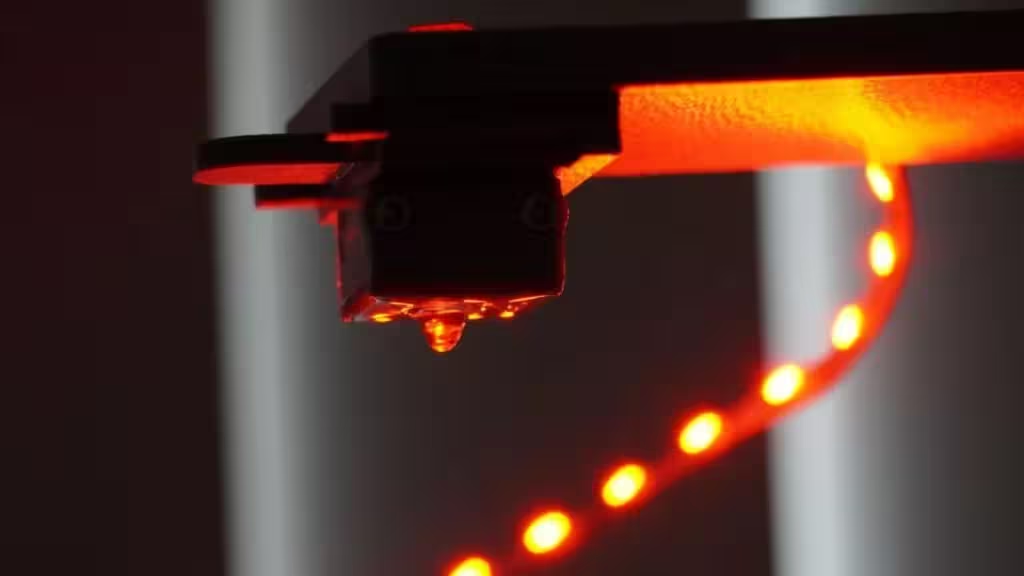3 Minutes
Bioprinting Breakthrough: A New Frontier in Regenerative Medicine
The possibility of 3D bioprinting functional human organs may soon become a reality, as Lithuanian startup Vital3D makes significant strides in tissue engineering technology. Headquartered in Vilnius, the company is pioneering the development of advanced bioprinting systems that utilize living cells and biomaterials, arranged with high precision using proprietary laser systems, to fabricate biological structures that closely mimic natural tissue.
This ambitious venture is initially targeting the veterinary sector, focusing on wound healing for pets. However, according to CEO Vidmantas Šakalys, the startup has set its sights on a much larger goal: producing fully functional, transplantable human organs within the next 10 to 15 years. Šakalys, inspired by personal loss due to cancer, has committed to advancing kidney bioprinting—a vision requiring substantial research funding and technological innovation.
VitalHeal: Accelerating Pet Wound Healing with 3D Bioprinted Patches
Vital3D's first bioprinted product, VitalHeal, is the world’s first bioengineered wound patch for pets. Engineered to speed up skin regeneration, these patches feature ultra-fine pores that facilitate airflow while blocking bacterial invasion. Upon application, VitalHeal delivers even pressure across the wound and releases growth factors that actively stimulate the healing process.
Initial results are promising. The company reports that VitalHeal can reduce recovery time from 10–12 weeks to just 4–6 weeks, significantly lower infection risks (from 30% to under 10%), decrease veterinary visits (from 8 to 2 or 3), and halve surgical time. Though priced at €300 for individual consumers and €150 for wholesale, the use of this innovative patch could cut total treatment costs from €3,000 to €1,500, according to Vital3D.
Animal trials, beginning with mice, have shown positive outcomes. Clinical studies on dogs are slated to start this summer in Lithuania and the United Kingdom, paving the way for broader veterinary adoption.

Expanding Possibilities: Towards Human Applications and Challenges Ahead
Looking beyond animal health, the company’s technology offers hope for humans with chronic wounds, particularly diabetic patients—about a quarter of whom struggle with wound healing. The bioprinting approach could also benefit burn victims, trauma patients, and those requiring advanced skin regeneration.
Nevertheless, the pathway to printing entire human organs is fraught with scientific challenges. Chief among these is the recreation of complex vascular networks and the multitude of specialized cell types that organs require. Šakalys emphasizes that their short-term focus is on generating healthy, functional blood vessels within printed tissues and perfecting cell differentiation during the printing process.
If Vital3D’s technology achieves its goals, it could have a transformative impact on global shortages of transplant organs and revolutionize the field of transplant medicine.
Conclusion
Vital3D’s innovations in 3D bioprinting represent a paradigm shift in both veterinary and human medicine. By bridging fundamental biology with engineering, and thanks to targeted projects like VitalHeal, the company is creating new hope for patients and advancing the long-term objective of printing transplant-ready human organs. While significant hurdles remain, ongoing research and early successes signal a promising future for bioprinting technology as a cornerstone of next-generation regenerative medicine.


Comments